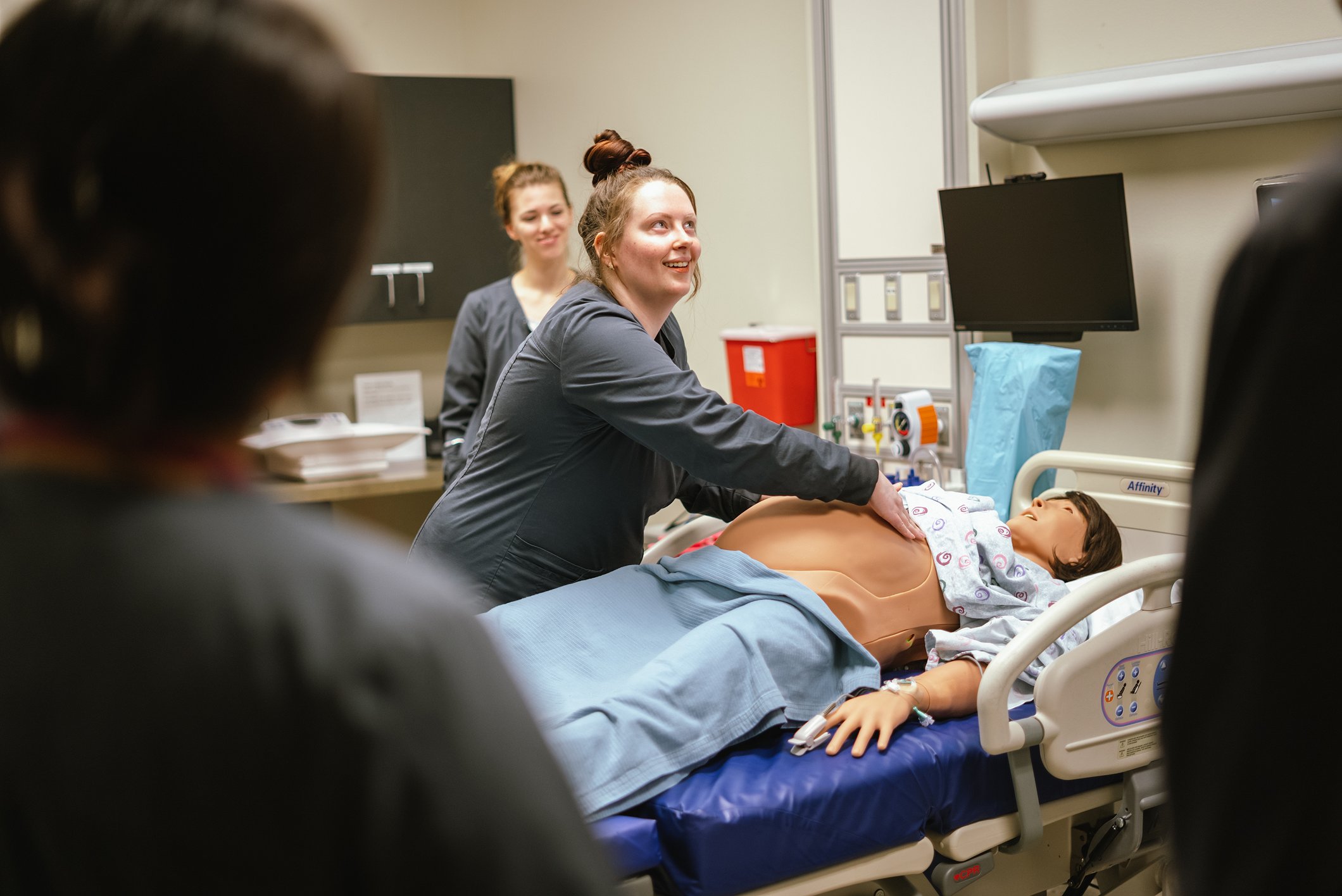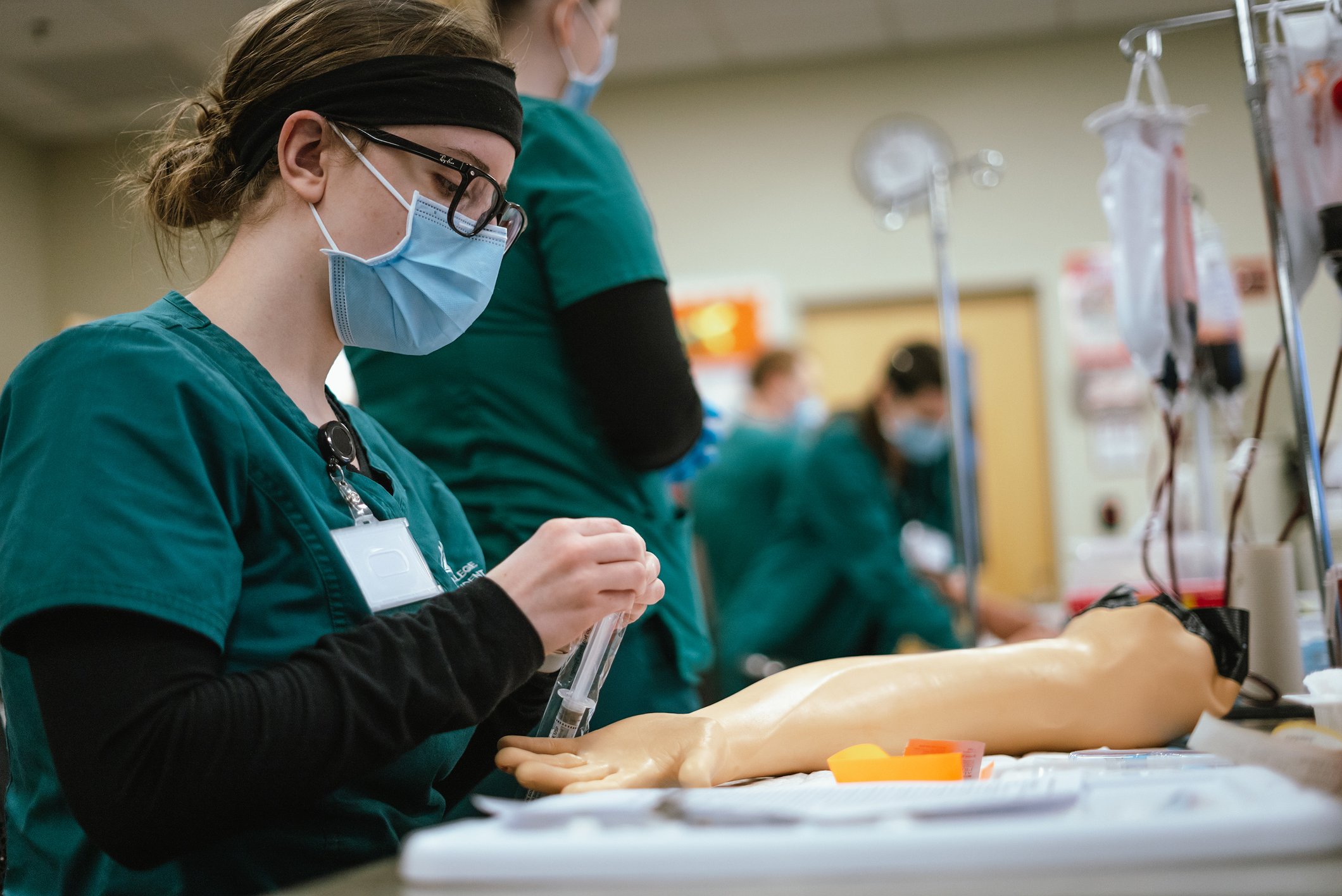'It’s a big deal': Nursing shortage affects increasing demand in North Idaho
The 2024 nursing workforce report is out and in Idaho, even with gains in the number of graduates statewide, there just doesn’t seem to be enough nurses to keep pace with the need, according to the Idaho Nursing Center.
Cyndy Donato of Kootenai Health said, “Idaho's nursing landscape faces challenges due to a growing population and increasing retirements.”
Looking at the big picture for agency-wide hiring practices, Donato said Kootenai Health has been concentrating efforts on retaining long-term staffing and reducing the number of travel nurses.
In the new nursing report, as of June 2024, the workforce consisted of 22,845 registered nurses.
While this is up 1,708 registered nurses since 2022, it still does not meet the state’s health care demands.
About 7% of Idaho's RNs and LPNs have also reached retirement age, further impacting workforce availability.
In previous reporting by The Press, NIC President Nick Swayne noted that issues recruiting and retaining faculty in the nursing program is a huge factor in the ability to expand to meet the need for nurses locally and statewide.
Although NIC has the space to increase nursing cohorts from 40 to 60 students per semester, the college needs one nursing instructor for every 10 students, but that staffing goal has been difficult to remedy because of current compensation rates.
Erlene Pickett, dean of nursing and health professions at NIC, said applications have finally started to increase after nursing programs took a hit during early pandemic difficulties.
“We produce a lot of nurses and they still need more and we've got almost double the number of qualified students than we've got space for,” Pickett said.
Having recently sent out acceptance letters to students, she said this most recent cohort is one of the strongest the program has seen since pre-COVID.
Within the clinical portion of the nursing program, NIC is also trying to avoid overburdening the local hospitals.
“There's just not enough clinical placements out there to sustain that model, so we’re trying to come up with more creative ways to get students into a meaningful clinical experience,” Pickett said.
NIC has formed a group to strategize how the student health provider needs can be met in a health ecosystem bouncing back from the turmoil of the last four years.
“The nurses are tired,” Pickett said.
To try and bridge instructor needs, the college and Gov. Brad Little have requested an increase in employee compensation for instructors to address the staffing gap.
Having grown up watching his mother work as a kidney transplant nurse, Mike Baker, CEO of Heritage Health, has a sweet spot for those in the field. He expressed gratitude for programs like NIC’s for feeding new nursing graduates into local health care providers.
“We had too many people leave the field too fast and it breaks my heart to see that. There’s a better path for nursing, but we have to show it to people, that’s where we’re putting our energy,” Baker said. “You start to see the joy come back in their eyes because it’s a different experience.”
Getting the number of new nurses joining the industry to better match the population they serve is something that he considers a top priority.
“We feel the pinch and the state has to figure out how to fund the instructors because it’s a big deal,” Baker said.
No matter what, the nursing profession has always placed pride in the notion that it will take care of everyone. Baker said it’s time that the health care industry extend that support back to its nurses.
“You see what they put into their jobs,” Baker said. “We’ve got to do better for them.
Staff writer Kaye Thornbrugh contributed to this report.





